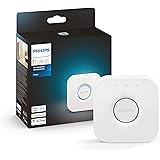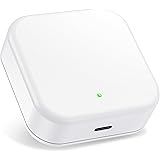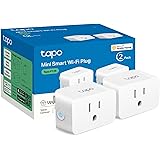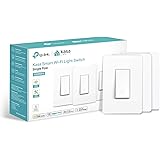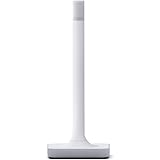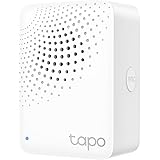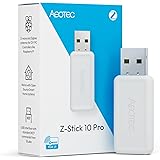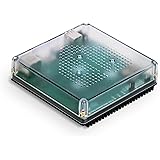Home automation integrates smart technology with everyday tasks to create interconnected living spaces that improve comfort, energy efficiency and security. It turns your house into a smart one that learns your routines and acts on them to complete automated tasks without your intervention. The lights dim, the coffee machine brews and your favourite playlist comes on to set the mood for a relaxing evening.
A home automation panel plays a vital role in the smart home ecosystem by transforming collected data from IoT devices and displaying it in an easy-to-understand format for your convenience. It also serves as the central point of interaction with your smart devices by communicating with them to control and manage their functions.
While the advantages of a home automation system are numerous, its installation process can seem intimidating to many homeowners. Fortunately, there are several ways to install a home automation system and get started with it.
The first step in installing a home automation system is choosing the right components to include. The type of system you choose depends on the level of integration and complexity of your home. Typically, a basic system that controls lighting and appliances is ideal for beginners. However, more comprehensive systems that incorporate your home’s HVAC and security system might require professional help to ensure that the entire system works seamlessly.
Next, you must consider the number and type of connected devices that you want to include in your system. This will influence how many control panels you need to purchase and wire your system. You should also take into consideration any additional features that you want to add like alarm operation, remote access and voice control with your smart devices. A good rule of thumb is to buy a system that has enough expandable ports to support the total number of devices you plan on connecting to it.
Some of the most popular systems used for home automation are built into the alarm system itself. These are commonly called “all-in-one” systems and include a wireless alarm system with a built-in Z-Wave controller, such as the Qolsys IQ Panel 2 Plus or the 2GIG GC3. Depending on your specific needs, you might be able to find a home automation solution that is perfectly tailored to you.
Aside from the obvious benefits of saving money by turning off the lights or thermostat when leaving the house, home automation systems can have a major impact on our daily lives and our environment. These systems can prevent wasting energy by automatically switching off the TV or closing the curtains after you go to sleep. It can also save you time by automating repetitive tasks such as checking off items on your to-do list or reminding yourself to lock the door before you leave for work. It can even give you peace of mind knowing that your smart home is keeping an eye on things for you when you are not at home.
